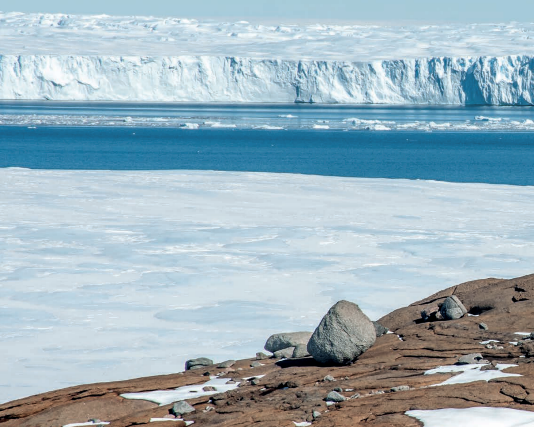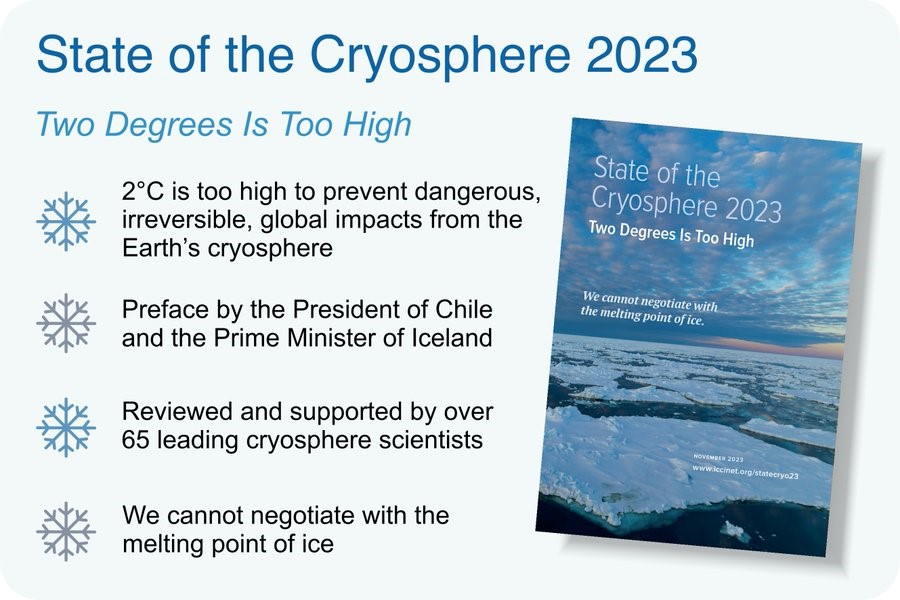Free Courses Sale ends Soon, Get It Now


Free Courses Sale ends Soon, Get It Now



Disclaimer: Copyright infringement not intended.
Context
READ ABOUT CRYOSPHERE: https://www.iasgyan.in/daily-current-affairs/global-cryosphere
Cryosphere
Findings of the Report

Key findings in the report on the impact of 2°C of warming include:
|
PRACTICE QUESTION Q. The cryosphere plays a significant role in the global climate and in climate model response to global changes. Discuss. |
© 2024 iasgyan. All right reserved